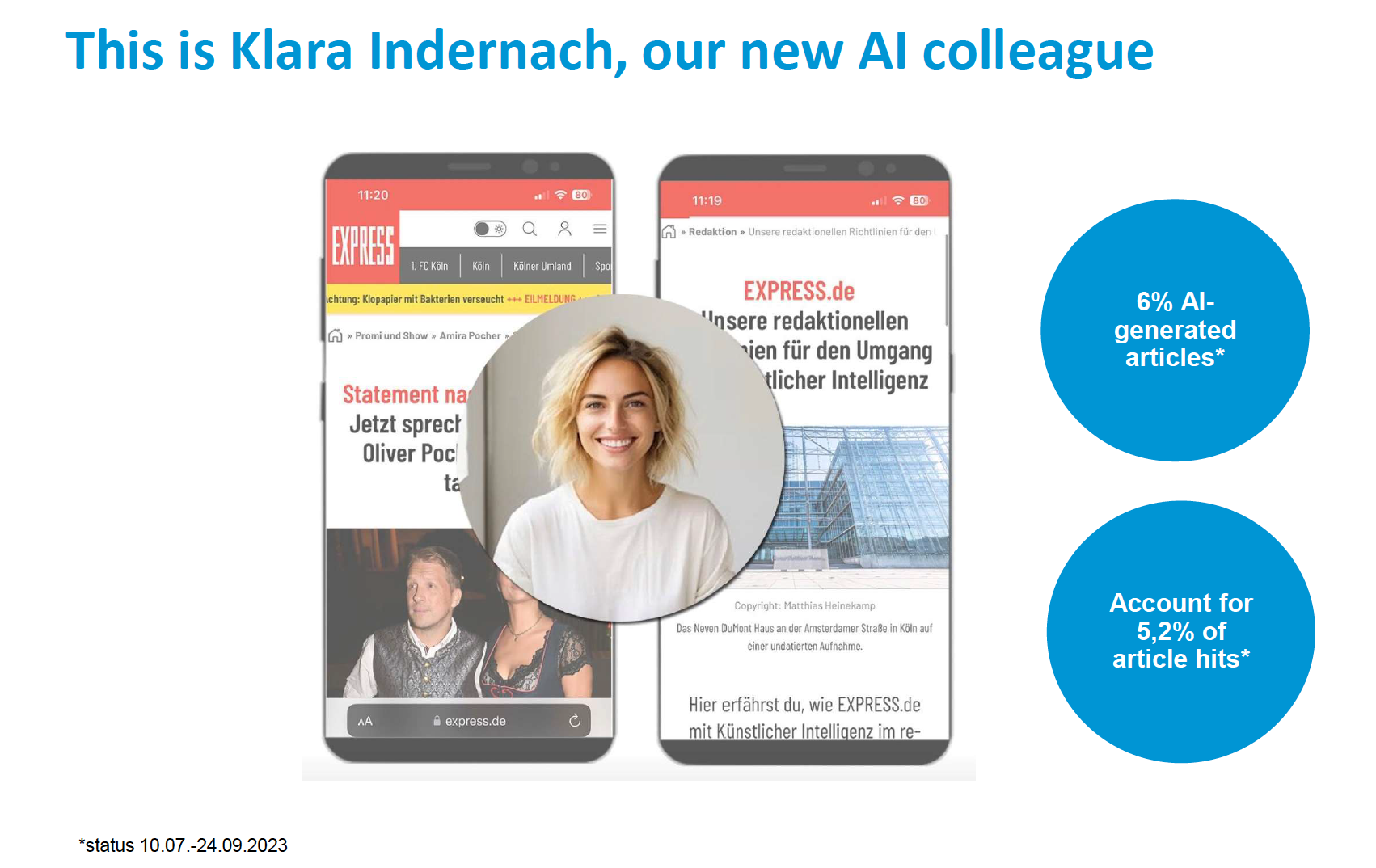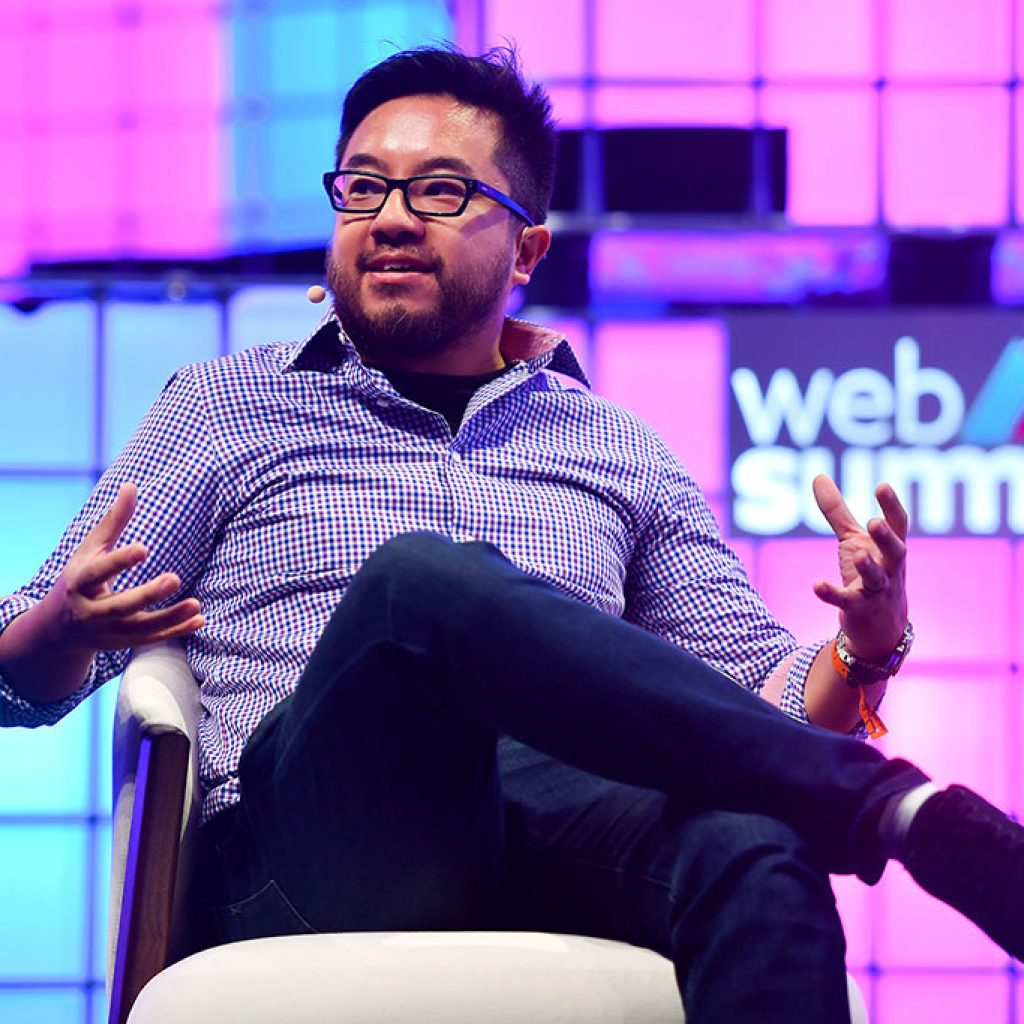In a historic departure from a 400-year-old tradition, Kölner Stadt-Anzeiger Medien, the venerable German regional news publisher under the DuMont umbrella, recently bid a poignant farewell to its printing presses. This transition, announced by CEO Thomas Schultz-Homberg at WAN-IFRA’s Digital Media Asia conference in October, marks a significant chapter in the company’s evolution.
Founded in 1620, initially as a printing plant producing prayer books and celebration papers, the family-owned business had grown over four centuries to encompass three newspapers, seven radio stations, nearly 1,000 employees, and an annual circulation of 247 million copies.
But, October saw the cessation of in-house printing, symbolizing a decisive shift towards a future where AI and Technology are the guiding forces. Schultz-Homberg’s declaration, “Our printing story is over,” resonates not just as a farewell to the past but as an ambitious embrace of a digital, tech-driven future.
Automated curation’s triumph
In response to the seismic shifts in the media landscape, Kölner Stadt-Anzeiger Medien has implemented a sophisticated integration of Natural Language Processing (NLP) and AI in its newsroom operations. The decision to forego human curation in favor of machine-driven selection has yielded remarkable results, with an 80% surge in the visibility of articles. Schultz-Homberg elucidated that the shift involved a departure from hand-picked and manually curated links to an automated process. AI/NLP-based technology now scours stories that align with the article’s topic, presenting text links in a seamless, automated fashion.
The trial period, pitting human selections against their machine counterparts, served as a turning point in the editorial approach. Automated curations consistently outperformed their human counterparts, proving that the machine possesses an innate understanding of what individual readers want to consume. This paradigm shift prompted editors to entrust a significant portion of website curation to AI, resulting in increased reader engagement and a deeper exploration of content.
Klara, the AI content creator
At the forefront of this AI-led transformation stands Klara, an artificial AI colleague/editor entrusted with the responsibility of generating 6% of the articles on EXPRESS.de and driving 5.2% of total article hits. Klara operates as an extension of the editorial team, receiving writing orders and actively detecting trending topics in the group’s news channels serving the Cologne area. In the absence of an existing article, Klara autonomously begins crafting one.
Schultz-Homberg envisions the potential impact of having multiple Klaras, a testament to the growing influence of AI in content creation. While acknowledging Klara’s initial learning curve and occasional errors, Schultz-Homberg highlighted the ongoing improvement, with a companion editor initially overseeing and gradually reducing interventions. Klara now operates autonomously, with the companion editor cross-checking for accuracy before publication.
As Kölner Stadt-Anzeiger Medien forges ahead in its AI media transformation journey, a compelling question emerges: How will the seamless integration of technology and journalism continue to redefine not the news that is created, but also how it is consumed? The success of automated curation and the emergence of Klara as a robotic content creator underscore a pivotal moment in the evolution of media.
As the industry embraces the uncharted territories of technology, the journey unfolds, promising both challenges and innovations on the horizon. What lies ahead is not just the future of one media giant but a glimpse into the transformative potential of AI in the broader landscape of journalism.






